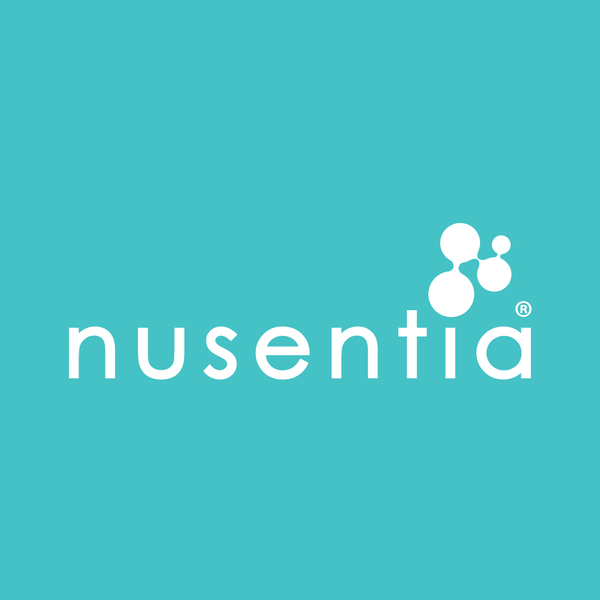Yeast overgrowth is often the monster behind a number of maladies ranging from ear infections to tear staining. Yeast can sneak in and take over because of a number of bodily weaknesses, but, its presence can be a symptom itself of larger, more serious concerns. Here's the attack plan on how to identify this enemy and how to build your pet's armor against the yeast beast.
WHAT IS YEAST?
Yeast is a microscopic fungus, and there are many types of yeast. The good types of yeast include yeast used for baking and in the making of beer. The type of yeast we are concerned with here are of the pathogenic variety. Pathogenic yeast can cause compromise in the immune system and yeast infections. In fact, an overgrowth of yeast, which leads to a yeast infection is common in dogs, can express itself as an ear infection or tear stains, but may also result in allergies and bacterial infections.
The Cause of Yeast Overgrowth
Looking deeper, it is likely that yeast overgrowth in dogs comes from a poor diet (feeding scraps, or dog foods with grains and other fillers), overuse of antibiotics, or other substances which harm gut ecology. Gutecology, and keeping the gut healthy, is the key to dealing with the immune health. When this ecology is overrun with pathogenic bacteria, like yeast, it can be very damaging to your pet's health.
Symptoms of Yeast Infection
- Ear infections and ear-related problems
- Excessive rubbing of the ears or tilting of the head
- Waxy residue and scabbing around the opening of the ear
- Appearance of disorientation, loss of balance or hearing
- Tear Staining of the fur around the eyes
- Allergies
- Scabby, or reddened skin
- Hair loss
- Excessive Itching and scratching
- Unusual Odor
- Licking and biting at paws
Root Cause Protocol For Yeast
Antibiotics, topical disinfectants, and cleaning may be indicated when dealing with the acute symptoms of yeast infections, as they can bring temporary relief. But to win the long-term battle you need to attack at the root cause and starve it out! This means reinforcing the gut ecology and removing the dietary elements that feed the beast, so to speak. Here is the simple protocol:
1. REINFORCE THE GUT WITH PROBIOTICS
Often vets will prescribe an antibiotic, like Tylosin, for yeast. These antibiotics are effective at addressing yeast, but, the problem is that they dont address the root cause of the yeast. For this reason, probiotics are absolutely critical in treating yeast infections. Probiotic Miracle® works to restore gut balance by directly competing with the pathogenic bacteria. This process ultimately brings the pathogenic bacteria numbers down. Antibiotics will not selectively destroy just harmful bacteria, thus, repopulating the gut with friendly flora is necessary for keeping yeast at bay.
Many have seen their pet's end up on the "antibiotics roller coaster" because of this interaction with antibiotics and healthy bacteria. As a result, the antibiotics work, then the problem comes back, then back on antibiotics, and again, and again.
- Read: Your Dog is on Antibiotics: What To Do Next? It is absolutely vital for your pet to take probiotics immediately following antibiotic therapy.
- If your pet is NOT on an antibiotic, use probiotics intensely to restore the ecology and to get yeast under control.
2. ELIMINATE YEAST ALLIES WITH PROPER DIET
To avoid giving yeast food to feed on, avoid grains and fillers in the diet. As mentioned, poor nutrition can lead to yeast overgrowth. Many dog foods are loaded with fillers and grains like corn or wheat, and for some dogs, they just cant tolerate these fillers. Food intolerances like this can compromise the gut and make it vulnerable to pathogenic bacterial overgrowths like yeast.
Also keep in mind that these grains are broken down in to sugars, which further feed yeast. Try Nusentia Raw & Grain Free dog food for a well-balanced diet.
- Do not feed scraps; dairy, grains, sugar-laden foods etc.
- Add enzymes to the diet. Key systemic enzymes in Enzyme Miracle target the cell walls of yeast and fungi, making it easier to combat yeast overgrowth from the inside out. Also, digestive enzymes break down difficult to digest foodscomplete digestion results in less gut fermentation and food intolerance issues.
Following this plan will build a defensive foundation for your dog against a wide range of disorders related to gut health and keep away the beast that is yeast!


